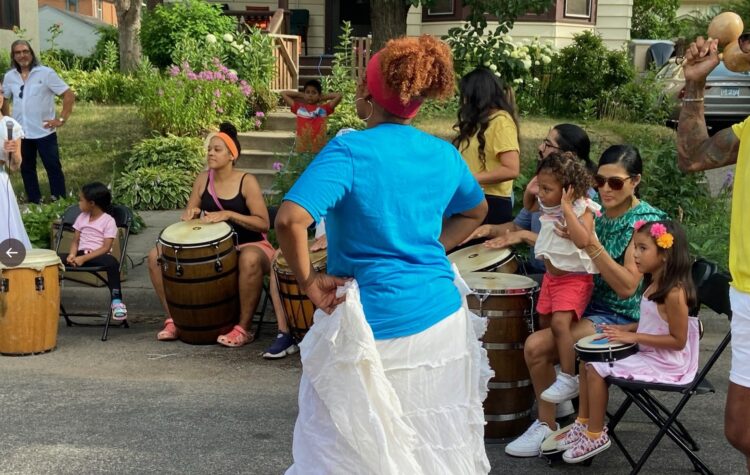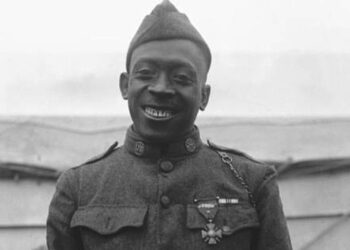Bomba, an example of the reslielnce in the African diaspora, is more than a combination of traditional dance and musical style; it’s a form of expression. What was a coping mechanism for enslaved Africans in Puerto Rico became a symbol of the Afro-Puerto Rican culture alive today.
Rooted in African slavery, Bomba formed when enslaved West Africans were forcibly brought to Puerto Rican towns like Loíza and Santurce to work on sugar plantations. The word “Bomba” came from Africa’s Akan and Bantu languages, and the tradition can be traced to the Ashanti people of Ghana.
The enslaved would gather (Bailes de Bomba, or Bomba Dances) and fuse their emotions, from sadness to joy, with the conversation among the drums, singing and dancing. Bomba was their way of coping during dark and troubling times before it evolved into a celebration of baptisms and marriages. It would eventually become a form of rebellion and is very much relevant and alive today in Puerto Rico.
Bomba consists of 16 styles, with some of the style names coming from various origins. Sicá, yubá, güembé, belén, corvé and cunyáare some of the styles with African-origin names. Each style serves a different meaning. For example, sicá means rising up and yubá serves to release negative emotions.
Bomba’s key elements are the drums (barril), made from barrels (rum, tea, whiskey, etc.). The top of the drum is made from goat skin. There are three types of drummers in Bomba. The first is the lead drummer, subridor (or primo), who plays a higher-pitch drum. The remaining drummers play the buleador, which keeps a steady rhythm.
The subidor must watch the dancer because their drum pattern must align with the dancer’s movements.
Bomba became an act of rebellion because the enslaved wanted to redeem their sense of humanity and self-determination.
Bomba is still practiced today and was even performed during the Black Lives Matter protests after the death of George Floyd. Afro-Puerto Ricans danced to Bomba during the BLM protests to show solidarity.









